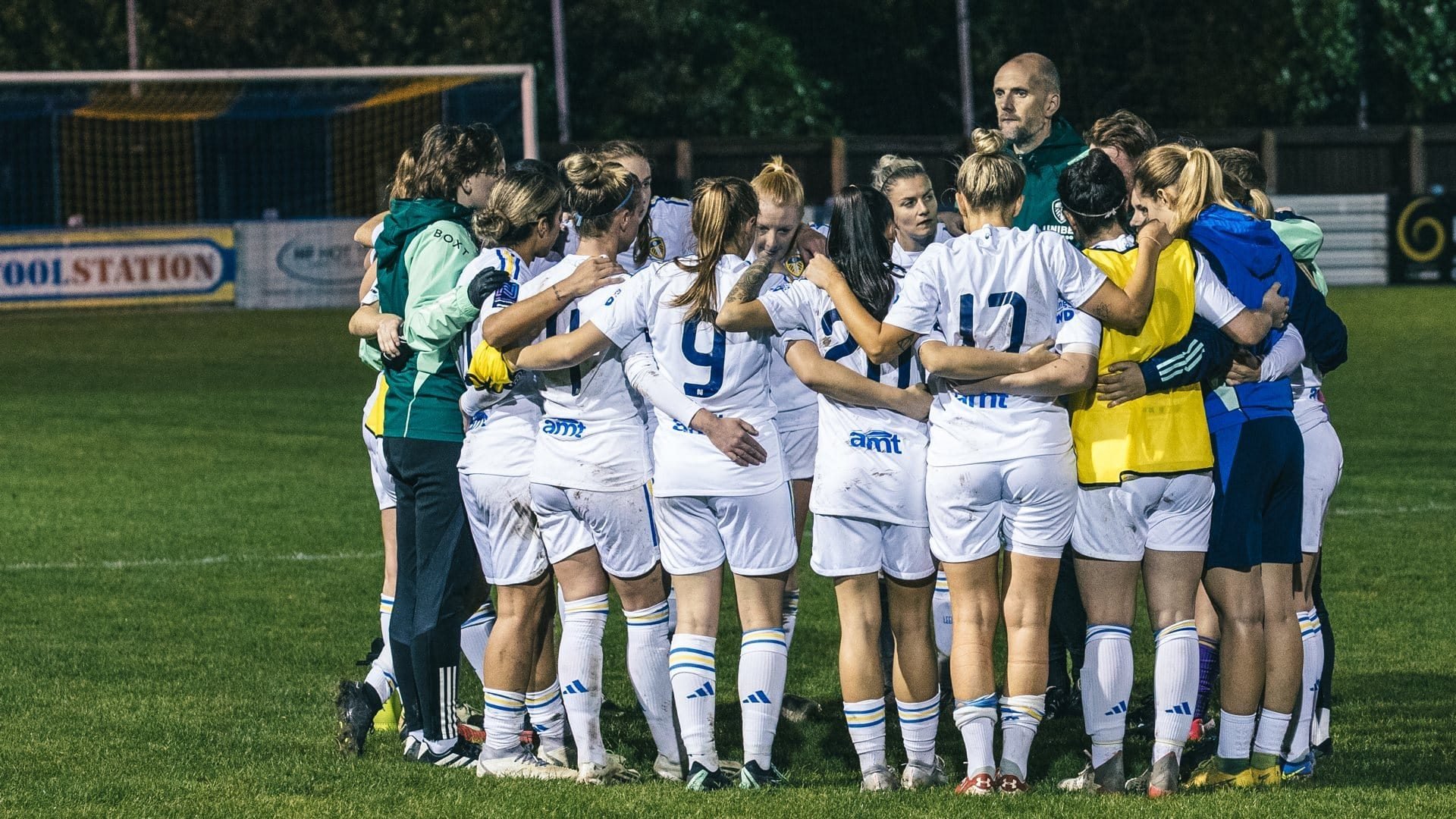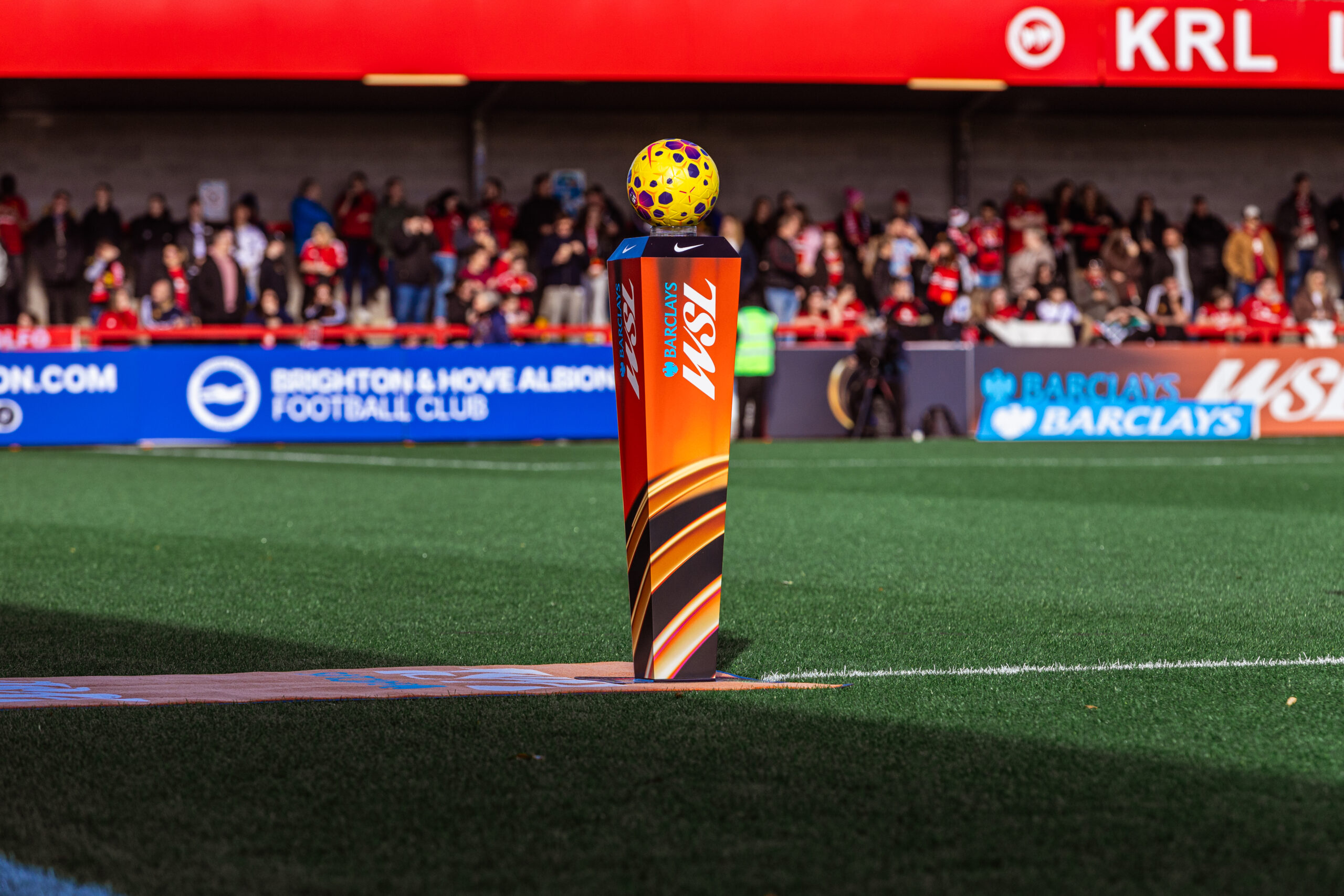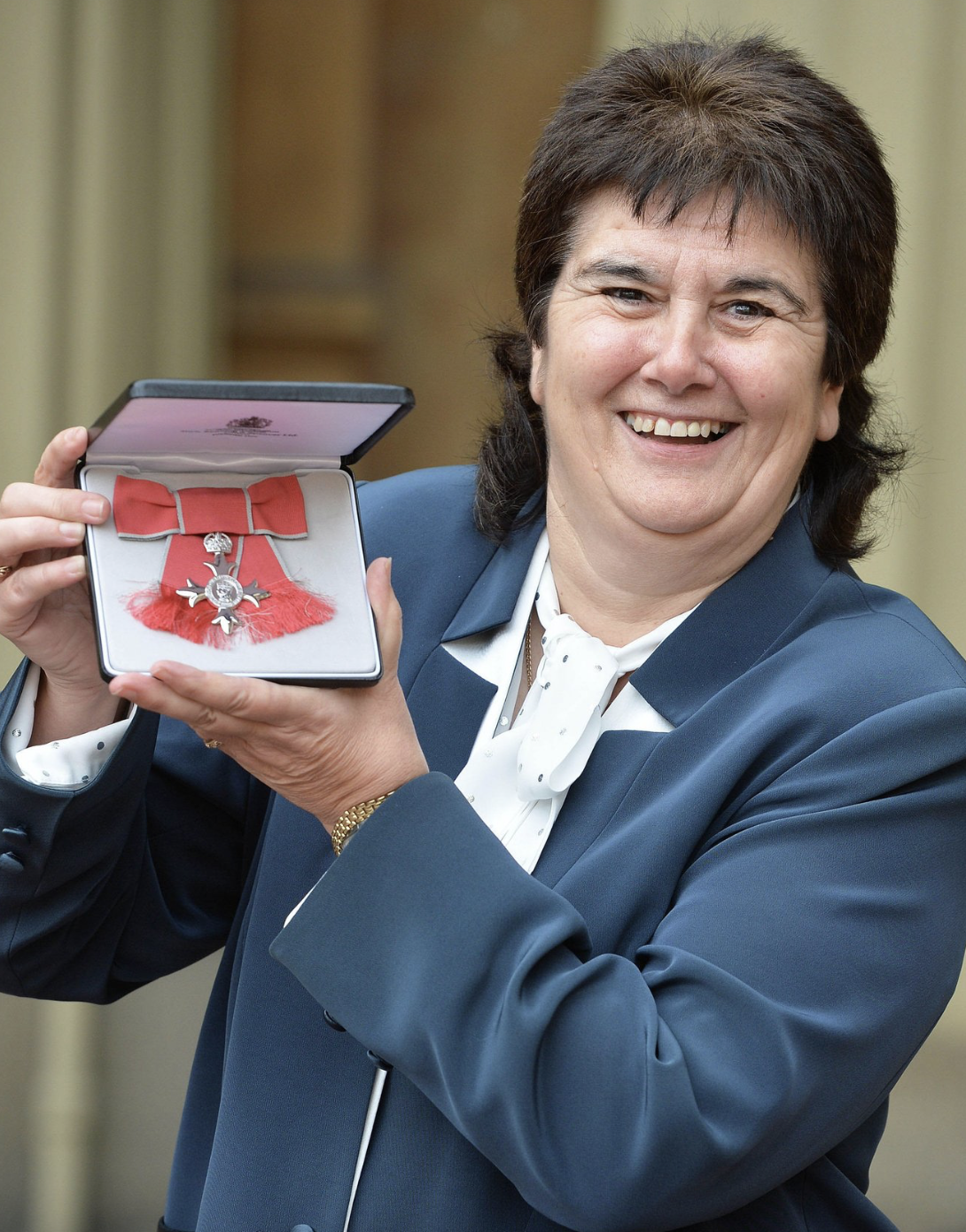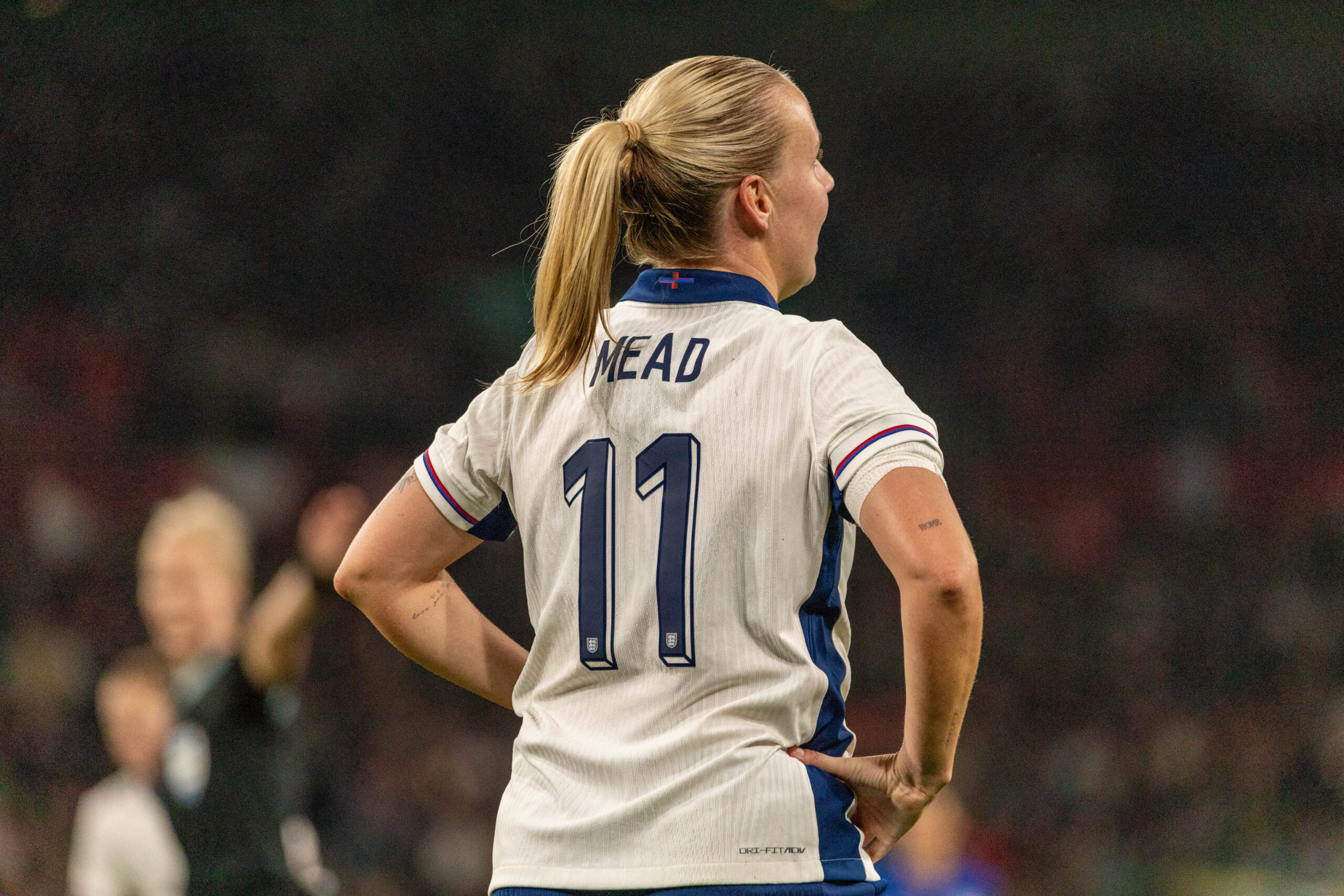One would think that after all the success the women’s game has had in the past for years, the momentum would be well and truly in our favour. Yet it is not.
In June 2024, the chair of Thornaby FC, Trevor Wing, announced that the women’s section of their club would no longer be supported and would subsequently be axed. The reason that was given for this was financial instability and needing to regain balance for the club again. He stated:
“Given the men’s team has been an established part of Thornaby FC since 2000, the difficult decision was made to prioritise its continuity.”
Consequently, in order to support this vision, the women’s teams had to go. Thornaby’s women and girl’s side was established in 2021. A year later the England Lionesses won the Euro’s; the first time England had won a major trophy since 1966. As for Thornaby FC, they had girl’s teams ranging from under-7s through to under-15s and a women’s team, all achieving successful results in their respective leagues and seasons. Their under-15s team had just won a tournament, when the very same day, they received the news that they could no longer play for Thornaby FC. Just when it felt like the women’s game was gaining real momentum, situations like this remind us that there is still a long way to go. And sadly, these situations have happened before and keep happening.
Reading about what was going on at Thornaby FC reminded me of when I was a young footballer, aspiring to play for my cities team, Leeds United. In 1989, Leeds United Woman F.C. was formed. They had several successful seasons in the Women’s Premier League, finishing fourth in 2002 and 2004, seventh in 2003 and fifth place in 2005. However, in that final year, the owner of Leeds United, Ken Bates, stopped funding the women’s team. The team had to find their own sponsorship. They did, and they continued to have great success. In 2007 they reached the Women’s FA Cup finals and did the same the following year in 2008. However, even though they had won the Women’s Premier League cup final in 2010, they nearly folded that year after facing financial difficulty. They then re-joined Leeds United and managed to survive. Again, they continued their success. They came second in the Women’s Premier League in 2012 and 2013. However, again despite proving their ability on the pitch, they were still not valued by Leeds United and in 2014, the owner Massimo Cellino stopped their funding and axed them from the club. Just like Thornaby FC, as soon as the finances become unstable, it’s the women’s side that seems to bear the brunt even though the results on the pitch tell a very different story. When asked about the decision about Thornaby, Trevor Wing said,
“It is important to note that the girl’s junior teams have historically operated independently, using the Thornaby FC name and badge only, while playing at various other venues. At no point during their tenure did any of the girl’s junior teams play or train at Teesdale Park.”
Essentially what he is saying is that the girls’ team were never really affiliated with the club at all and didn’t even use their facilities. So naturally, it’s obvious that they would be the first to be cut from the club. As aforementioned, the same fate fell upon Leeds United Woman and the latest to succumb to this situation, Manchester United Women. It’s been reported that,
“The Manchester United women’s team will be moved into portable buildings at the club’s Carrington training complex this season to allow the men’s squad to use the women’s building while the men’s indoor facilities are being revamped.”
These are players that have won a European cup for their county as well as this year, winning the FA Cup, their first major trophy for the club.
However, it would seem that it doesn’t matter which league you are in, whether it’s local level, FA Women’s National League Division One North, or the Women’s Super League. When it comes to the women’s side, it seems they are not the priority, regardless of successful results.
When looking at these teams, one cannot help but notice that they are all based in the North. I know it would be far too easy to blame the North v South divide, but one also cannot help wondering, would this happen at Arsenal or Chelsea?
When asked about this regional divide, Ellie Tanser, Hull City Ladies Captain said that the South have bigger clubs and are therefore naturally going to get greater support, particularly from fans. She also said that a significant amount depends on the support of the individual club. She says:
“It depends on the club ultimately and what they’re doing to increase this support. But that’s down to the work that goes on off the pitch, not just the hard work on the pitch.”
As Ellie states, the work that goes on behind the scenes is vital in the success of the women’s game. If that support is there, the possibilities are endless, but if it is not, like it hasn’t been for the teams mentioned in this article, then it makes it even harder to grow the woman’s game.
When asked if she and her team feel valued by their club and whether they feel they have to prove themselves, Ellie said that their women’s division has never been affiliated with the men’s teams, so they don’t feel like that have to prove themselves in comparison to them. Maybe, if it is financially viable for them, this is the best way forward for women’s teams, to simply not be associated with the men’s team at all. As noted, Thornaby FC, Leeds United, and Manchester United have all fallen victim to the dominance of the men’s game. However, for Hull City, they have a solid fanbase and are pushing to get promoted into tier three and into the FA Women’s National League Northern Premier Division. So maybe, this is the way forward. Instead of trying to prove themselves against the men’s teams, Ellie states they wish to:
“[..] continue to raise the profile of our own club and prove ourselves within the city.”
I think what the key message here is, is that of course, young girls can now dream of being a Lioness and playing for their county, like Beth Mead did, or Jill Scott, or Leah Williamson. But also, girls should dream about representing their city, or their town or even their village. Seeing local heroes is just as important. Perhaps it is too quick of a response to blame the classic regional divide, as Hull City Ladies are clearly thriving. However, it would also not be right to simply dismiss it, as Northern based teams do seem to get left behind too often and players are drawn to the big names down south.
Players should be proud of where they play no matter where it is.
Photo – https://thesquareball.net/category/leeds-united-women/



